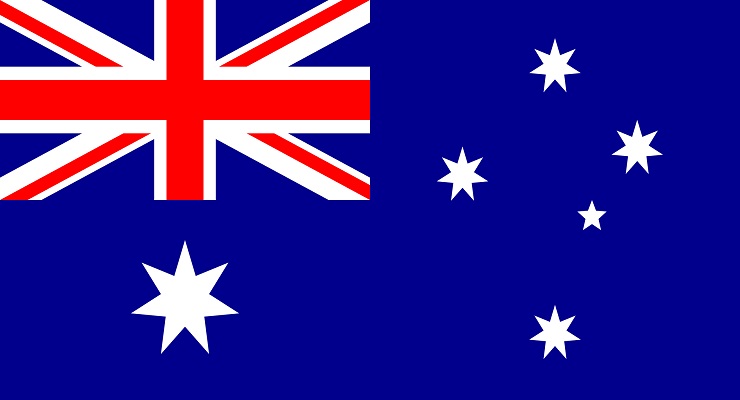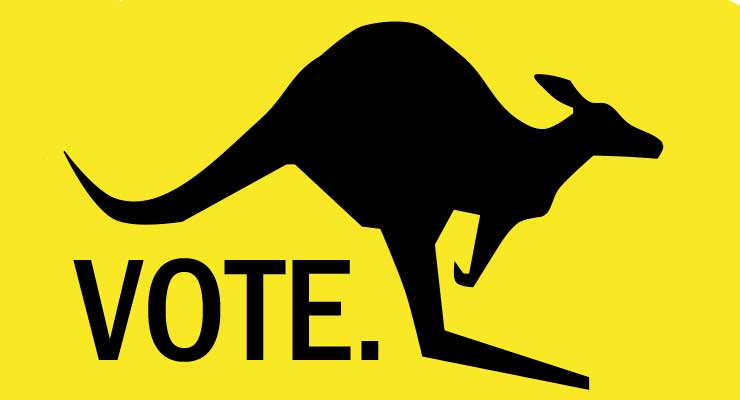
On 17 September 1900, Queen Victoria made a Royal Proclamation of the Commonwealth of Australia as follows:
On and after the first Day of January one thousand nine hundred and one, the people of New South Wales, Victoria, South Australia, Queensland, Tasmania and Western Australia shall be united in a Federal Commonwealth under the name of the Commonwealth of Australia.
This declaration followed the Queens’ assent of 9 July 1900 that resulted in a referendum in which advocates for federation won the ballot. This led to the first Commonwealth Parliament, on 9 May 1901 by the Duke of York in Melbourne.
Australia had existed as 6 British colonies and by 1898, these colonies had met and drafted a constitution that would unite them. The draft constitution was submitted to a vote by referendum in which the population voted in approval. This constitution met several changes in the British parliament after which a bill was passed by the House of Commons and the Royal Assent was signed by Queen Victoria on 9 July 1900. This marked the recognition of Australia as a sovereign nation.
The first-ever federal election under the name Commonwealth of Australia was carried out with all but children given the right to vote. However, Section 127 of the Constitution excluded “aboriginal natives” from any Commonwealth, State or other count of population for purposes of redistricting. Parties contesting the first elections included the Protectionist Party, Free Trade, Labour Party and Independent politicians.
The rule of law has of course prevailed in Australia since the 1900s and the country has evolved over time to become a more democratic nation. One particular highlight was that in 1912 Australia made voter enrollment compulsory for federal elections and continues to have outstanding turnout number today. An amazing 87 percent of the voting-age population took part in the 2016 federal election.

Leave a Reply